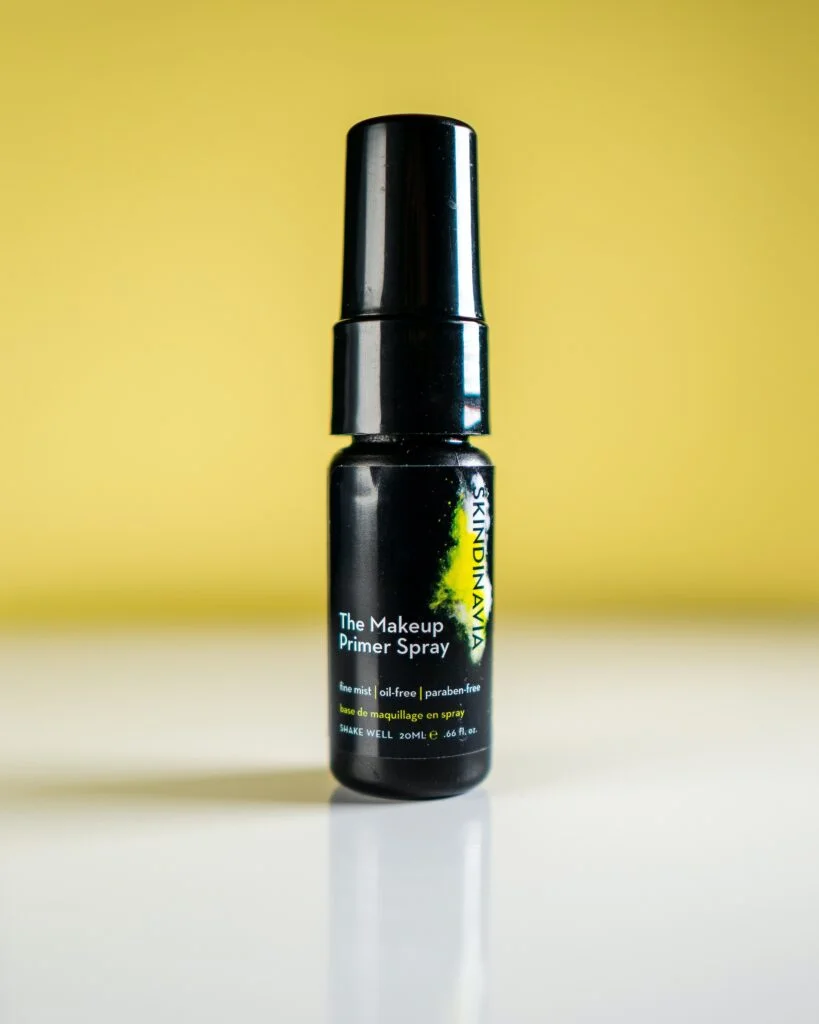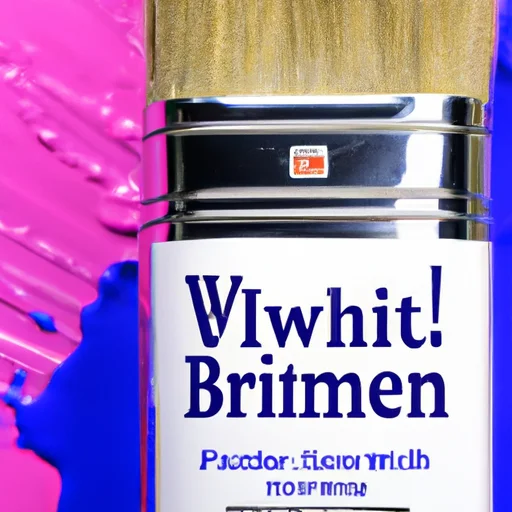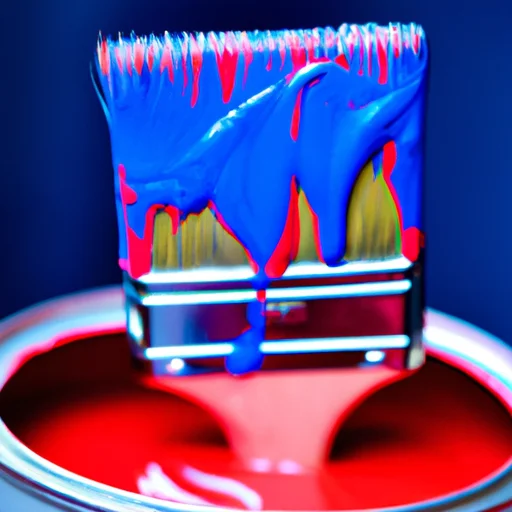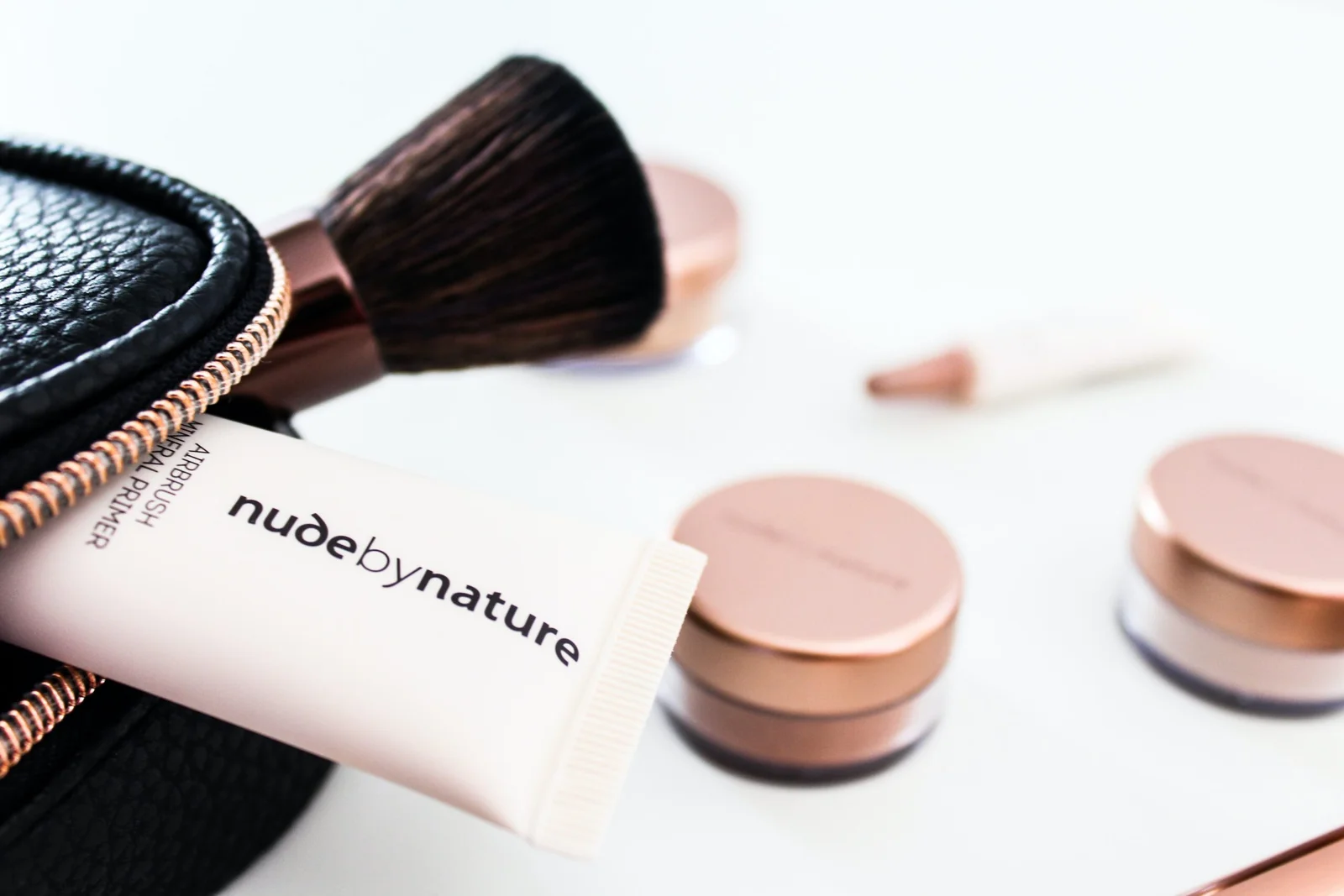In the world of DIY home improvement projects, painting is a popular choice for giving a fresh and updated look to any space. When it comes to choosing the right paint, Sherwin Williams is a brand that is trusted and renowned for its quality. However, a question often arises among DIY enthusiasts – does Sherwin Williams paint need primer? This article will shed some light on this common query, providing insights and guidance on whether or not primer is necessary when using Sherwin Williams paint for your next painting project.

Table of Contents
Does Sherwin Williams Paint Need Primer
As homeowners, we often find ourselves facing the daunting task of choosing the right paint for our home improvement projects. And when it comes to Sherwin Williams paint, one question that frequently comes up is whether or not it needs a primer. In this article, we will delve into the importance of primer in the painting process, the advantages of using primer with Sherwin Williams paint, and expert recommendations and tips for primer usage.
Importance of Primer in the Painting Process
What is Primer
Let’s start by understanding what a primer is. Primer is a preparatory coating that is applied to the surface before painting. It serves multiple purposes, including improving paint adhesion, sealing and smoothing uneven surfaces, enhancing paint coverage and durability, blocking stains, and promoting a uniform and professional finish.
Preparing the Surface for Better Paint Adhesion
One of the primary functions of primer is to prepare the surface for better paint adhesion. Applying primer creates a smooth and uniform surface by filling in small imperfections, such as cracks and holes. This allows the paint to adhere more effectively and ensures a longer-lasting finish.
Sealing and Smoothing Uneven Surfaces
Primer also acts as a sealant, helping to create a consistent and smooth surface. It fills tiny pores and imperfections in the surface, preventing the paint from sinking into them and resulting in an uneven finish. By smoothing out the surface, primer ensures that the final paint coat looks flawless.
Enhancing Paint Coverage and Durability
Using primer can significantly enhance the coverage and durability of the paint. A coat of primer provides a solid foundation for the paint to adhere to, allowing for better coverage and a more vibrant color. Additionally, primer helps the paint resist chipping, peeling, and fading, contributing to the durability of the painted surface.
Blocking Stains and Preventing Tannin Bleed
Certain surfaces, such as wood, may have stains or tannins that can bleed through the paint. By applying primer, you create a barrier that blocks these stains from showing through the final paint coat. This is especially important when painting surfaces prone to water or oil stains.
Promoting a Uniform and Professional Finish
Lastly, primer plays a crucial role in achieving a uniform and professional finish. It evens out the surface, hides imperfections, and provides a clean canvas for your paint. A well-primed surface ensures that the paint adheres evenly, resulting in a smooth and flawless finish.
Advantages of Using Primer with Sherwin Williams Paint
Improved Adhesion and Longevity
Using primer with Sherwin Williams paint enhances the adhesion properties of the paint, allowing it to cling to the surface better. This improved adhesion leads to a longer-lasting finish that is resistant to peeling, cracking, and chipping.
Increased Coverage and Decreased Paint Consumption
By using primer, you can achieve better coverage with less paint. Primer allows the paint to spread evenly and provides a more solid base for the color. This increased coverage means you will need less paint to achieve the desired final result, saving you both time and money.
Better Color Accuracy
Primer not only improves coverage but also enhances the accuracy of the paint color. Without a primer, the underlying surface may influence the final color, resulting in a less accurate representation of the chosen paint. Using primer ensures that the true color of the paint shines through.
Enhanced Paint Durability
When used in conjunction with Sherwin Williams paint, primer enhances the durability of the paint finish. It creates a stronger bond between the paint and the surface, making it more resistant to wear, tear, and environmental factors.
Protection against Stains and Moisture Damage
Sherwin Williams paint is renowned for its quality, but even the best paint can face challenges when it comes to stains and moisture. By using primer, you create an additional layer of protection that helps prevent the paint from absorbing stains and protects against damage caused by moisture.
Reduced Risk of Peeling or Cracking
One of the biggest concerns when painting is the risk of peeling or cracking. Applying Sherwin Williams paint without primer increases this risk, as the paint may struggle to adhere properly to the surface. Using primer significantly reduces this risk, ensuring a long-lasting and flawless finish.
Time and Cost Saving
While it may seem like an extra step, using primer actually saves time and money in the long run. The improved coverage and better adhesion provided by primer mean you will require fewer coats of paint, reducing both the time spent on the project and the amount of paint needed for satisfactory results. Additionally, the increased durability of the paint ensures that touch-ups and repainting are less frequent, saving you money in the long term.
Sherwin Williams Paint and Its Adhesion Properties
Understanding Sherwin Williams Paint Composition
Before diving into the adhesion properties of Sherwin Williams paint, it’s worth understanding its composition. Sherwin Williams paints are formulated using high-quality ingredients that contribute to their exceptional durability and adhesion capabilities. The precise combination of resins, pigments, solvents, and additives ensures that Sherwin Williams paint adheres well to properly prepared surfaces.
Surface Compatibility and Adhesion
Sherwin Williams paints are designed to adhere to a variety of surfaces, including wood, drywall, metal, and masonry. However, the adhesion properties of the paint can be influenced by the condition and type of surface being painted. This is where using a primer becomes particularly important.
Suitability for Different Substrates
The choice of primer is crucial when it comes to optimizing the adhesion of Sherwin Williams paint on different substrates. Whether you’re working with porous or non-porous surfaces, wood, drywall, metal, or masonry, using a primer specifically formulated for the substrate will help achieve the best results.
Potential Issues with Adhesion
While Sherwin Williams paints generally exhibit excellent adhesion properties, there are scenarios where issues with adhesion can arise. These may include painting over glossy or oil-based surfaces, areas with existing peeling or cracking paint, or surfaces that have not been properly cleaned or prepared.
Impact of Environmental Factors on Adhesion
It’s important to consider environmental factors when assessing adhesion properties. Extreme temperatures, humidity, and exposure to UV radiation can all impact the longevity and adhesion of paint. The use of primer can provide an additional layer of protection against these environmental factors, ensuring a longer-lasting and more durable paint finish.

Type of Surface and its Impact on Primer Requirement
Porous and Non-Porous Surfaces
The type of surface being painted plays a vital role in determining the need for primer. Porous surfaces, such as bare wood or drywall, tend to absorb more paint, making primer essential for achieving proper adhesion and coverage. On the other hand, non-porous surfaces, like metal or previously painted areas, may not require primer but can still benefit from its use to enhance adhesion and durability.
Wood and Drywall Surfaces
Wood and drywall surfaces often pose unique challenges due to their porous nature. Unprimed wood and drywall tend to absorb paint unevenly, resulting in an inconsistent finish. Primer not only helps create a more even base but also seals the surface and prevents the paint from being absorbed too quickly.
Metal and Masonry Surfaces
Metal and masonry surfaces can also benefit from primer, especially when it comes to improving adhesion and preventing rust or efflorescence. Primers designed specifically for metal or masonry surfaces provide a bonding agent that helps the paint adhere to these substrates more effectively.
Exterior and Interior Surfaces
The need for primer can also vary depending on whether you’re painting exterior or interior surfaces. Exterior surfaces are exposed to harsher environmental conditions and require more protection. Applying primer before painting exterior surfaces helps create a more durable and long-lasting finish that can withstand the elements.
Preventing Stains and Tannin Bleed
Certain types of surfaces, such as wood, may have stains or tannins that can bleed through the paint. To prevent this, using a stain-blocking primer is necessary. These primers create a barrier that blocks the stains from penetrating the paint and ensures a clean and professional-looking finish.
Sherwin Williams Paint Primer Options
Sherwin Williams Multi-Purpose Primers
Sherwin Williams offers a range of multi-purpose primers that are suitable for a variety of surfaces. These primers are designed to provide optimal adhesion to both porous and non-porous surfaces, ensuring a smooth and durable finish. They act as a versatile foundation for different types of Sherwin Williams paint, delivering excellent coverage and enhancing the overall performance of the paint.
Specialized Primers for Challenging Surfaces
In addition to their multi-purpose primers, Sherwin Williams also offers specialized primers for challenging surfaces. These primers are specifically formulated to address the unique needs of substrates such as metal, masonry, or stain-prone surfaces. By using these specialized primers, you can achieve superior adhesion and protection, even in the most demanding painting projects.
Water-Based vs. Oil-Based Primers
Sherwin Williams provides both water-based and oil-based primer options, each with its own advantages and applications. Water-based primers are low in VOCs (volatile organic compounds) and are easier to clean up, making them more environmentally friendly. Oil-based primers, on the other hand, offer excellent blocking of stains and tannin bleed and are generally more durable. The choice between water-based and oil-based primer depends on the specific requirements of your project.
Choosing the Right Primer for the Job
When selecting a primer for your Sherwin Williams paint project, it’s essential to consider factors such as the type of surface, the desired level of adhesion, and any specific challenges the surface may pose. Consulting with Sherwin Williams professionals or reading product labels and technical data sheets can provide valuable information to help you make an informed decision.

Factors to Consider Before Deciding on Primer Usage
Presence of Existing Paint or Wallpaper
If the surface you’re painting already has a coat of paint, the need for primer depends on various factors. If the existing paint is in good condition, with no peeling or cracking, you may be able to skip the primer. However, if the surface has been patched or repaired, or if the existing paint is in poor condition, using a primer is highly recommended for better adhesion and a uniform finish. Similarly, if you’re painting over wallpaper, a coat of primer can help ensure that the paint adheres to the surface properly.
Condition of the Surface
The condition of the surface is a crucial factor in determining whether or not to use primer. If the surface has imperfections, such as cracks, holes, or unevenness, primer can help smooth out these flaws and create a clean canvas for painting. Applying primer also helps seal the surface, preventing future issues such as peeling or cracking.
Potential for Stains or Tannin Bleed
Certain surfaces, particularly wood, can have stains or tannins that may bleed through the paint. These stains can discolor the final paint coat, resulting in an unsightly finish. If you’re painting a surface prone to these issues, using a stain-blocking primer is essential to prevent the stains from showing through. This ensures a fresh and uniform paint color.
Desired Durability and Longevity of the Paint
If you’re looking to achieve a durable and long-lasting paint finish, using primer is highly recommended. Primer creates a strong bond between the surface and the paint, enhancing adhesion and improving the paint’s resistance to wear and tear. By investing in primer, you ensure that your painted surfaces will maintain their vibrant appearance for years to come.
Budget and Time Constraints
While using primer offers numerous benefits, it’s important to consider your budget and time constraints when deciding whether or not to use it. Priming a surface adds an additional step to the painting process, potentially increasing the overall cost and the time required to complete the project. However, the long-term advantages of using primer, such as better paint adhesion and durability, may outweigh the initial investment of time and money.
Prepping the Surface Before Painting
Cleaning and Removing Dirt, Grease, and Loose Paint
Before applying primer or paint, it is crucial to clean the surface thoroughly. Dirt, grease, and loose paint can hinder the adhesion of the primer and paint. Use a mild detergent or a specially formulated surface cleaner to remove any contaminants. Rinse the surface with clean water and allow it to dry completely before proceeding.
Repairing Damaged Surfaces
Inspect the surface for any damage, such as cracks, holes, or dents. Repair any imperfections using appropriate patching compounds or fillers. Make sure to follow the manufacturer’s instructions for the specific product you’re using. Once the repairs have dried and cured, sand the patched areas to create a smooth surface.
Sanding and Smoothing Imperfections
Sanding the surface is an essential step in prepping for paint. This helps smooth any imperfections, such as rough spots, minor scratches, or unevenness. Use sandpaper with the appropriate grit for the surface you’re working on. Sand in a circular motion or back and forth, following the grain of the material. Be sure to remove any dust created during the sanding process.
Filling Cracks, Holes, and Gaps
Cracks, holes, and gaps should be filled using a suitable caulk or filler. Apply the caulk or filler to the damaged area, smoothing it over with a putty knife or caulking gun. Remove any excess product and ensure that the repaired area is flush with the surrounding surface. Allow the filler to dry completely before moving on to the next step.
Priming Bare or Patched Areas
If you have bare or patched areas on the surface, it is essential to apply a coat of primer before painting. These areas tend to absorb paint differently than the rest of the surface, resulting in an uneven finish. Applying primer to these areas helps create a uniform base for the paint and ensures that the final result is flawless.

Application Techniques for Sherwin Williams Paint
Appropriate Tools and Equipment
Using the right tools and equipment is crucial for achieving a professional-looking paint job with Sherwin Williams paint. Depending on the size of the project, you may need brushes, rollers, paint sprayers, drop cloths, paint trays, and extension poles. Choose high-quality tools that are appropriate for the type of surface and the specific application method you plan to use.
Proper Mixing and Dilution
Before applying Sherwin Williams paint, it’s important to mix it thoroughly. Use a stirring stick or a paint mixer attachment on a drill to ensure that the paint is well mixed. If necessary, follow the manufacturer’s instructions for diluting the paint with water or a suitable solvent. Properly mixed and diluted paint ensures consistent color and improved application.
Application Methods (Brushing, Rolling, Spraying)
Sherwin Williams paint can be applied using various methods, including brushing, rolling, or spraying, depending on the specific requirements of the project. Brushing is suitable for small areas, intricate details, and touch-ups. Rolling is ideal for larger surfaces and provides good coverage. Spraying is often used when working with large areas or when a smooth finish is desired. Choose the application method that best suits your project and follow the manufacturer’s instructions.
Recommended Number of Coats
To achieve the best results with Sherwin Williams paint, it is generally recommended to apply two coats. The first coat serves as a base, while the second coat provides full coverage and enhances the color. However, if the surface or the paint color requires additional coats for optimal performance, be sure to follow the manufacturer’s instructions and allow the appropriate drying time between coats.
Drying and Curing Time
Proper drying and curing time is essential for achieving a durable and long-lasting paint finish. Sherwin Williams paint requires a specific amount of time to dry and cure, depending on the type of paint, the environmental conditions, and the thickness of the applied coats. Be patient and allow the paint to dry and cure fully before subjecting it to any stress or applying additional coats.
Common Misconceptions about Primer with Sherwin Williams Paint
Throughout the painting process, various misconceptions about using primer with Sherwin Williams paint may arise. Let’s address some common misconceptions and debunk them.
Myth: Sherwin Williams paint is so good that it doesn’t need primer.
Reality: While Sherwin Williams paint is renowned for its quality, using a primer is still highly recommended. Primer enhances adhesion, improves paint coverage, and provides added protection against stains and moisture damage. It acts as a preparatory step that ensures a longer-lasting and more professional finish.
Myth: Primer is just an unnecessary step in the painting process.
Reality: Primer serves multiple essential purposes in the painting process. It prepares the surface for better paint adhesion, seals and smooths uneven surfaces, enhances paint coverage and durability, blocks stains, and promotes a uniform and professional finish. Skipping the primer can result in a less durable and less visually appealing paint job.
Myth: I can use leftover paint as a substitute for primer.
Reality: While it may be tempting to use leftover paint as a makeshift primer, it is not recommended. Primer is specifically formulated with properties that enhance adhesion and ensure proper paint performance. Using leftover paint as a substitute for primer may result in subpar adhesion and an uneven finish.
Myth: Primer is only necessary for new, unpainted surfaces.
Reality: Primer is not only necessary for new, unpainted surfaces but also for previously painted surfaces, especially if there are areas with peeling or cracking paint, or if the existing paint is in poor condition. Primer helps create a solid foundation for the new paint and ensures better adhesion and longevity.
Myth: Sherwin Williams paint already has primer in it, so I don’t need an additional primer.
Reality: While some Sherwin Williams paints may have properties similar to primer, they are not a direct substitute for primer. Using a separate primer provides additional benefits, such as enhanced adhesion, improved coverage, and resistance to stains and moisture. To achieve the best results, it is recommended to use a dedicated primer.

Expert Recommendations and Tips for Primer Usage
Consulting Sherwin Williams Professionals
When in doubt about whether to use primer or which type of primer to choose, it is always a good idea to consult with Sherwin Williams professionals. They have extensive knowledge and experience with Sherwin Williams products and can provide guidance based on your specific project requirements.
Proper Surface Preparation
Properly preparing the surface is key to achieving a successful paint job. Ensure that the surface is clean, dry, and free from any contaminants. Repair any imperfections and sand the surface to create a smooth and even base. Following these steps will optimize the adhesion of both the primer and the paint.
Choosing the Right Primer Type
When selecting a primer, consider the type of surface you will be painting and any specific challenges it may present. Consult the manufacturer’s recommendations and technical data sheets to choose the appropriate primer type for optimal performance and adhesion.
Following Manufacturer’s Instructions
To achieve the best results with Sherwin Williams paint and primer, it is crucial to follow the manufacturer’s instructions. Each product may have specific guidelines regarding mixing, dilution, application, and drying time. Adhering to these instructions ensures that the paint and primer perform as intended.
Testing Compatibility with a Small Area
Before applying primer and paint to the entire surface, it’s advisable to test compatibility with a small area. This allows you to assess adhesion, coverage, and color accuracy. If any issues arise, you can troubleshoot and make necessary adjustments before progressing further.
Patience and Proper Drying Time
Patience is crucial when it comes to the painting process. Allow the primer and each coat of paint to dry and cure fully before proceeding to subsequent steps. Rushing the process can result in compromised adhesion and a less durable finish. Give each layer the time it needs to achieve optimal performance.
In conclusion, while Sherwin Williams paint is of exceptional quality, using a primer is highly recommended to enhance paint adhesion, improve coverage, and ensure a longer-lasting and professional finish. By acknowledging the importance of primer in the painting process, understanding the advantages it offers with Sherwin Williams paint, considering the impact of the type of surface on the primer requirement, and following expert recommendations and tips, you can achieve outstanding results in your home improvement projects.
So, next time you’re planning to use Sherwin-Williams paint, make sure to give primer its due importance. Happy painting!


